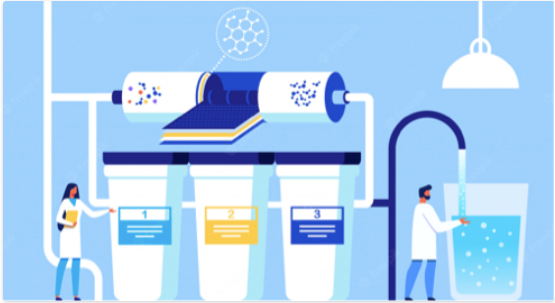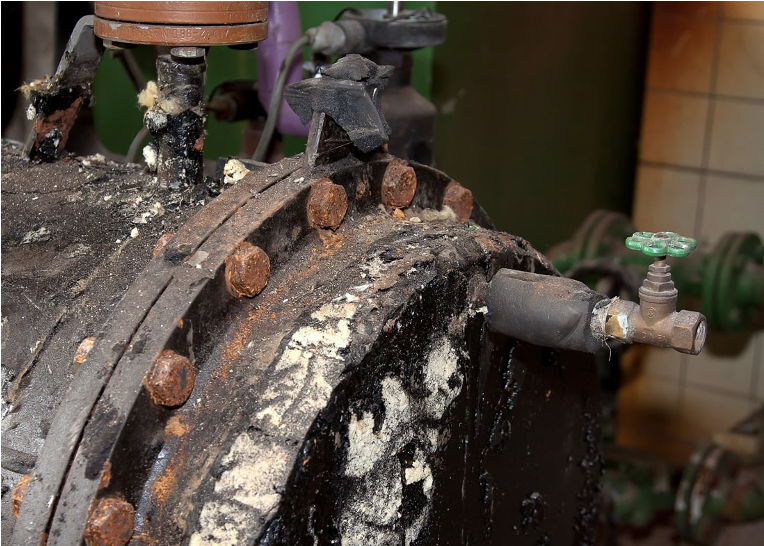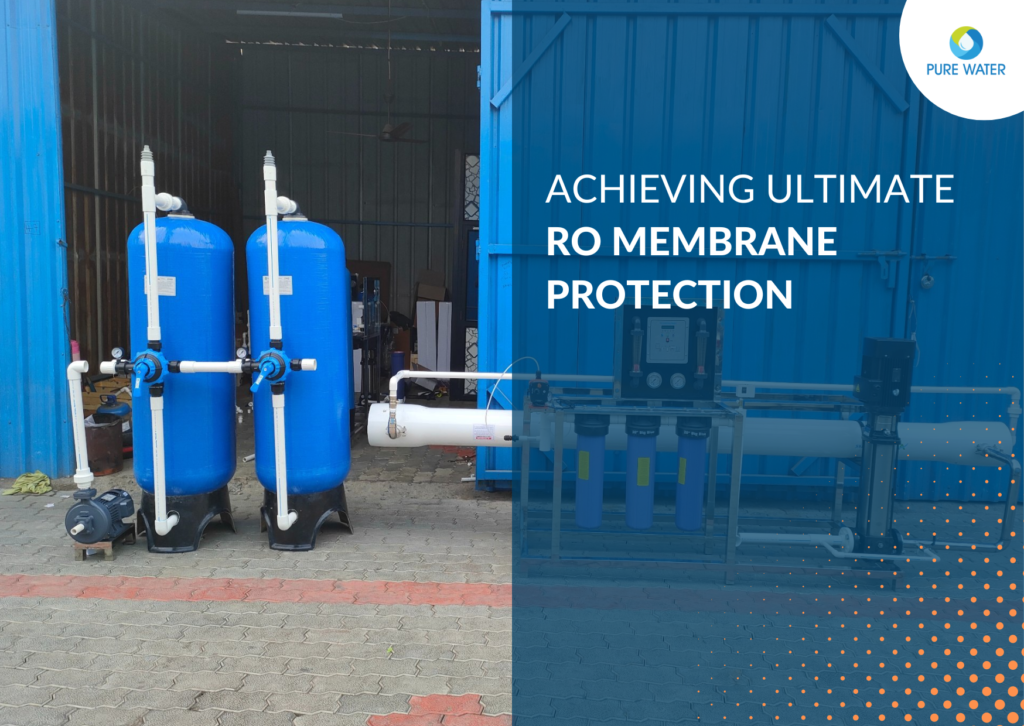In the highly competitive global Pulp and Paper industry, the importance of the quality of output i.e. the quality of the paper manufactured cannot be understated. Customers have a plethora of options and they will not hesitate in finding another supplier if there is any variance in quality.
This kind of cut-throat competition has also made the Pulp & Paper industry very adoptive of any new advancements in the field. These companies make humungous investments in new technologies which can supposedly help them improve any aspect of their output.
Bleaching makes for an extremely important stage in the paper manufacturing process. Chlorine dioxide (ClO2) is a strong and selective oxidizing agent which has been making waves in the Pulp & Paper industry due to its performance characteristics for producing brighter, stronger pulp and better increasing the overall quality of the paper significantly.
WHY CHLORINE DIOXIDE?
It is a chlorine-free bleaching process which is currently the most important bleaching technology worldwide. It is highly soluble in water, particularly in cold water.
Chlorine dioxide bleaching is used in single or multi-stages process. Unlike chlorine, it does not react with water. It remains as a dissolved gas in water.
It selectively attacks the phenolic groups of lignin without degrading cellulose fiber, allowing for increased yield and higher strength bleached pulp. For this property (selectivity), normally it is used in later bleaching stages when the lignin content is lower.
ADVANTAGES OF USING ClO2
Increased Brightness and Reduced Black Specs – Bleaching raw pulp with ClO2 is much more effective than using other bleaching agents such as chlorine/hypochlorite. It oxidizes, brightens and solubilizes the lignin. Therefore the fibers achieve high brightness without pulp degradation.
Substitute to Harmful Chlorine/Hypochlorite – Chlorine dioxide is an ECF bleaching agent, which is used instead of elemental chlorine. The elemental chlorine bleaching has large environmental and health issues.
No Degradation of Pulp – Chlorine dioxide bleaching is highly selective. It reacts rapidly with lignin without effect on cellulose fiber. Therefore the fiber achieve high brightness without pulp degradation; so, more strength, and more yield %.
Minimal Contact Time – The contact/retention time may be as short as 15 to 60 minutes to complete the chlorine dioxide bleaching reactions. Thus is much faster than other bleaching agents.
Odour Control – Chlorine dioxide (ClO2) is effective as both a disinfectant and an oxidant in water and wastewater treatment. Its selective reactivity makes chlorine dioxide more effective than other disinfectants at removing taste and odour compounds.
If used in the correct manner and at the right dosage, Chlorine Dioxide is a revolutionary product for the Pulp & Paper industry. It is only a matter of time before ClO2 becomes a household commodity for every paper mill in the country.
To find out more about how Chlorine Dioxide can help your paper mills produce the highest quality output, get in touch with us at info@purewaterent.net.






About The Author: Rahul Mehta
More posts by Rahul Mehta